Discover the repoussé technique, an ancient metalworking method that creates unique relief designs. Used since...
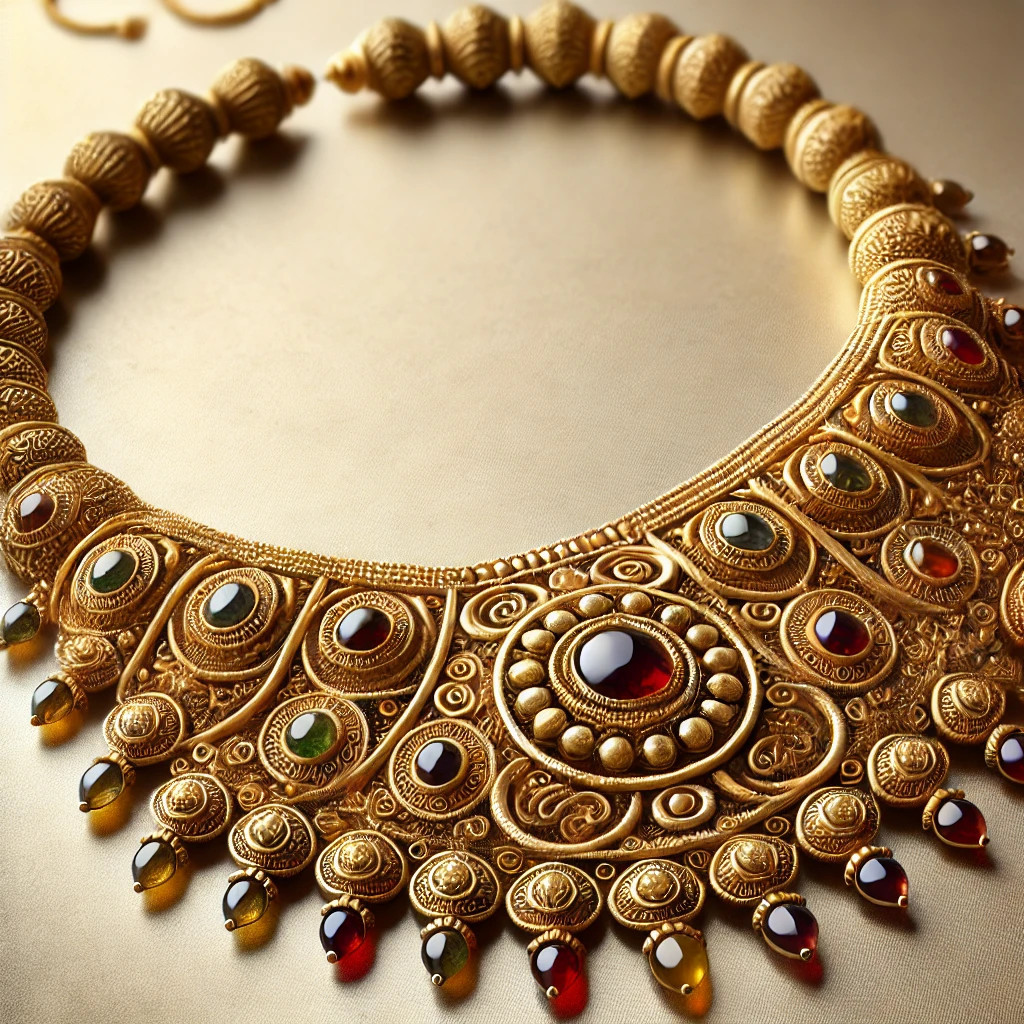
Etruscan Jewelry
Etruscan Jewelry: Splendor and Symbolism of an Ancient Civilization
The Etruscan civilization, which flourished in central Italy between the 8th and 3rd centuries BCE, is renowned for its refined artistic culture and its influence on ancient Rome. The Etruscans were skilled craftsmen who created exceptional jewelry, reflecting not only their wealth but also their spiritual and social beliefs. In this article, we explore the history, materials, techniques, and symbolism of Etruscan jewelry.
The History and Role of Etruscan Jewelry
Jewelry for the Etruscans had much greater significance than mere adornment. It represented an individual's social status and wealth and carried spiritual and protective meanings. The Etruscans wore jewelry in daily life and the afterlife, as it was often placed in tombs to accompany the deceased on their journey to the other world.
The Etruscans were among the first ancient peoples to develop a unique style of jewelry, influenced by neighboring Mediterranean cultures such as the Egyptians, Greeks, and Phoenicians, yet retaining their distinct characteristics.
Materials Used in Etruscan Jewelry
Etruscan jewelry is distinguished by the use of precious materials that reflected status and wealth. The Etruscans had access to numerous resources thanks to their trade networks:
-
Gold: The most prized metal for jewelry, symbolizing wealth and immortality. Etruscan gold was of remarkable purity and was worked with great precision.
-
Silver: Although less common than gold, silver was used in some pieces, especially for accessories and decorative elements.
-
Gemstones and semi-precious stones: The Etruscans incorporated stones such as amber, garnet, and coral into their jewelry, adding color and symbolizing protection and fertility.
-
Enamels and colored glass: Used to add color and brightness, enamels and colored glass allowed for the creation of vibrant and elegant pieces.
Crafting Techniques
The Etruscans were known for their mastery of advanced jewelry-making techniques, some of which were very complex and continue to inspire artisans today.
-
Granulation: A technique that involves applying tiny gold beads to the jewelry surface to create intricate patterns. The Etruscans excelled in this art, which required precision and perfect temperature control to fuse the beads without altering their shape.
-
Filigree: Thin, twisted gold wires were used to create delicate patterns on the jewelry. This technique added lightness and sophistication to the pieces.
-
Relief and repoussé: The Etruscans used hammers to create reliefs on the metal, giving their jewelry a three-dimensional effect. This technique allowed for the depiction of complex motifs, often inspired by nature or the gods.
-
Stone inlay: Stones were set into gold or silver mounts, often in cabochon cuts, adding color and symbolic meaning to the pieces.
-
Hammering: A technique used to flatten or shape the metal, hammering was commonly employed to create sheets of gold, which were then crafted into earrings, bracelets, or pendants.
Types of Etruscan Jewelry
Etruscan jewelry included a wide variety of adornments suited to different uses and worn by both men and women:
-
Earrings: The Etruscans created complex and voluminous earrings, often adorned with granulation and filigree. Some earrings had circular or spiral shapes and were designed to impress.
-
Pendants and necklaces: Pendants often represented religious or protective symbols and were worn as talismans. Necklaces sometimes featured multiple rows of beads or gold plates.
-
Bracelets and cuffs: Wide bracelets decorated with geometric patterns symbolized strength and protection. They were often worn in pairs and covered a significant portion of the wrist.
-
Rings: Rings had particularly symbolic meanings and were often engraved with depictions of deities or sacred animals.
-
Fibulae: These brooches, used to fasten clothing, were elaborately decorated and often set with stones. Fibulae were also markers of social status and affiliation with a privileged class.
Symbolism and Spirituality in Etruscan Jewelry
The Etruscans believed in the power of symbols to protect and attract positive energies. Jewelry was often decorated with motifs inspired by nature, animals, and deities:
-
Sacred animals: Lions, eagles, and snakes represented power and protection. These motifs were frequently engraved or sculpted on jewelry.
-
Fertility symbols: Plant motifs, such as leaves and flowers, were associated with growth, fertility, and abundance.
-
Divine representations: The Etruscans wore jewelry that represented their gods to attract their favor and protection. Some pendants or amulets were dedicated to specific deities, symbolizing strength, love, or wisdom.
The Legacy of Etruscan Jewelry in the Modern World
The techniques and motifs of Etruscan jewelry continue to inspire modern jewelry designers. Granulation patterns, stone inlays, and filigree designs appear in many contemporary collections that pay homage to this heritage.
Today, Etruscan-inspired jewelry is appreciated for its rustic and sophisticated aesthetic and its deep symbolism. Jewelry enthusiasts admire these pieces for their connection to an ancient civilization and their timeless beauty.

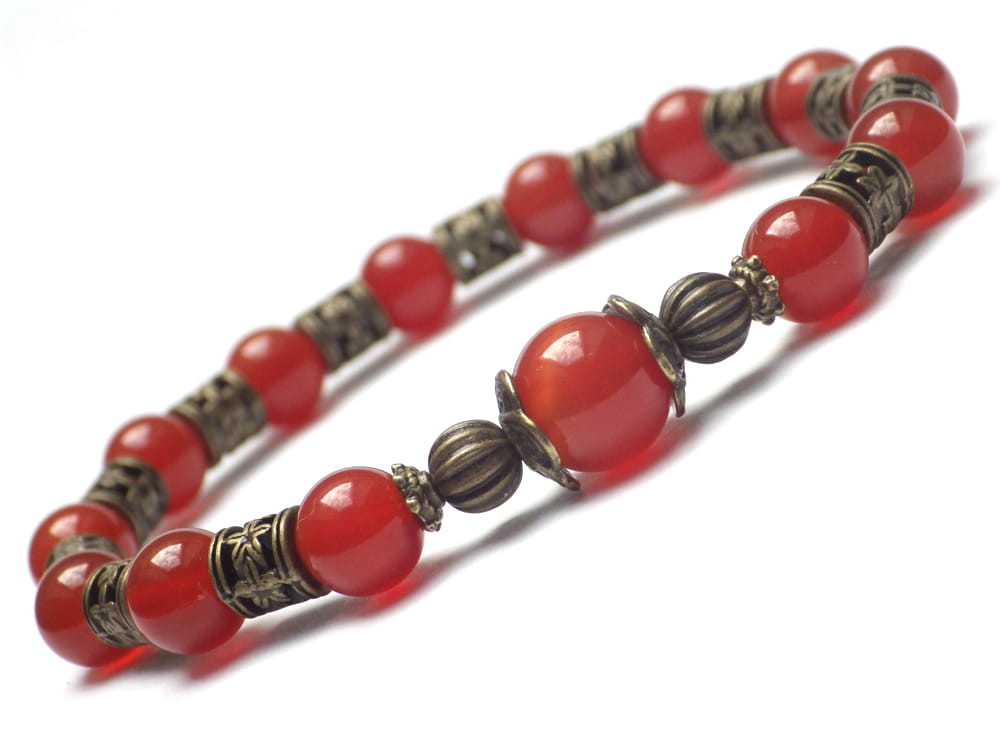
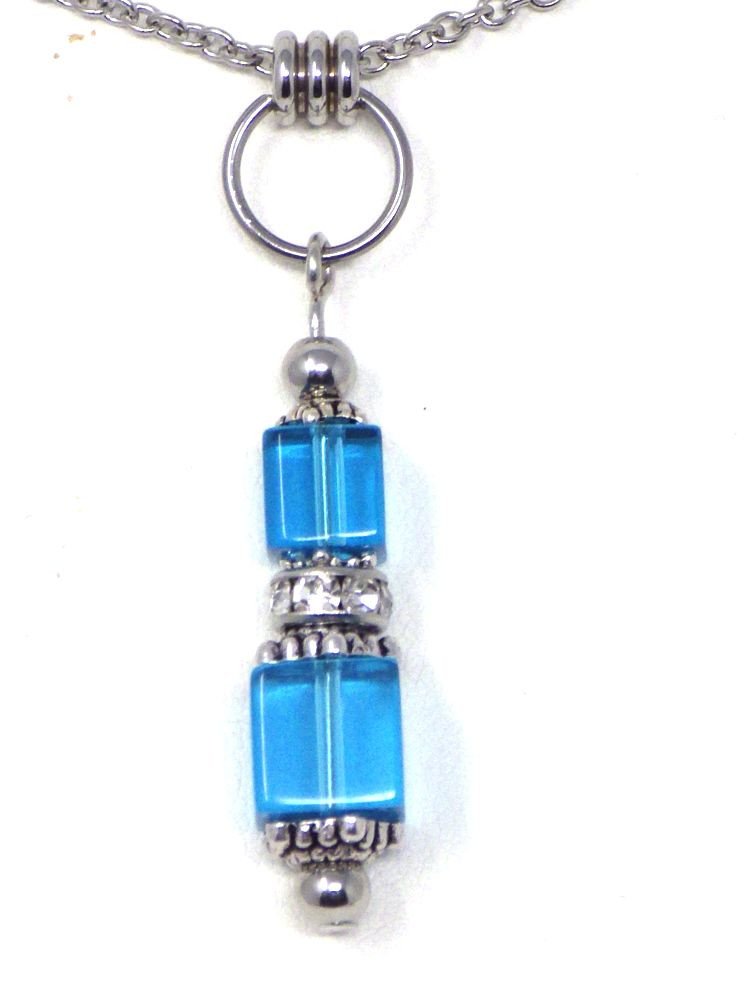
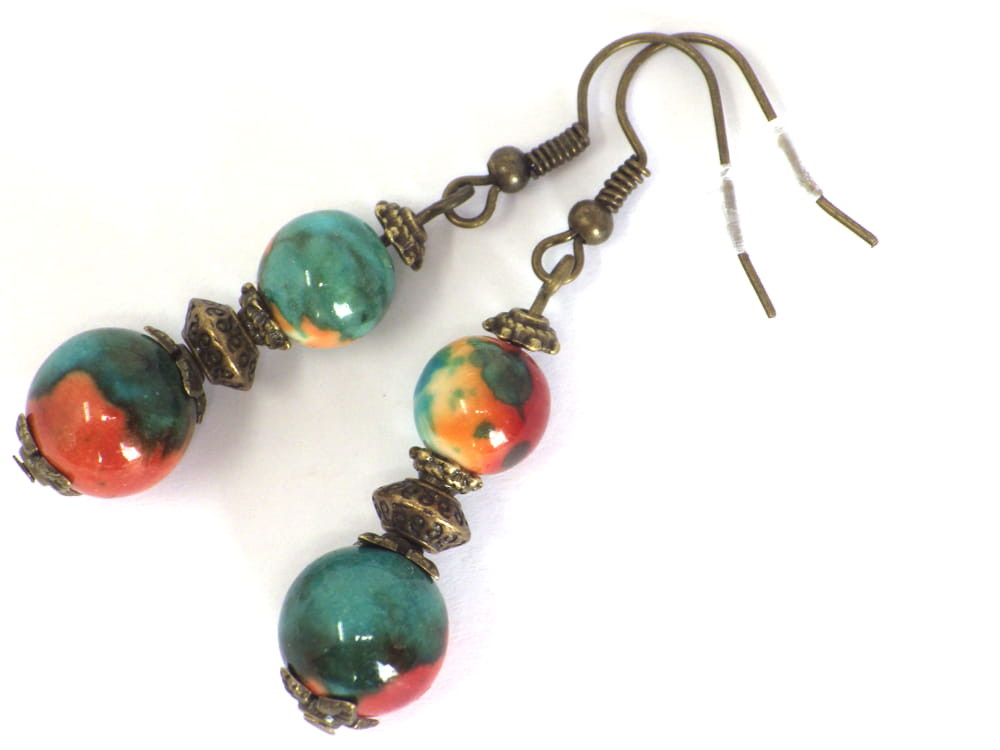

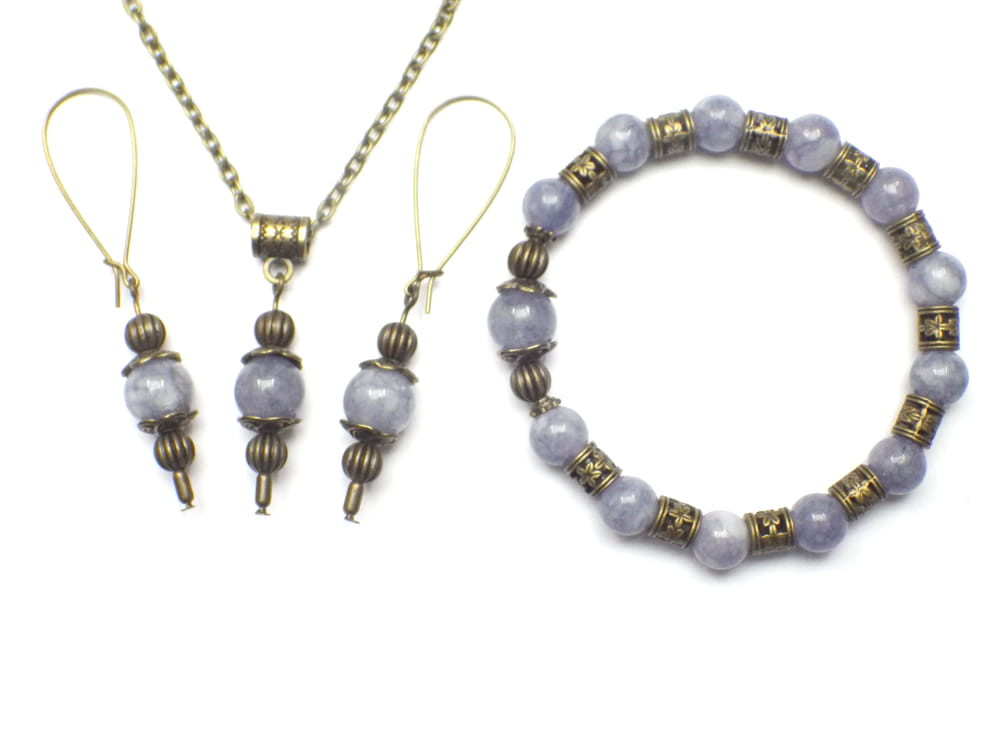
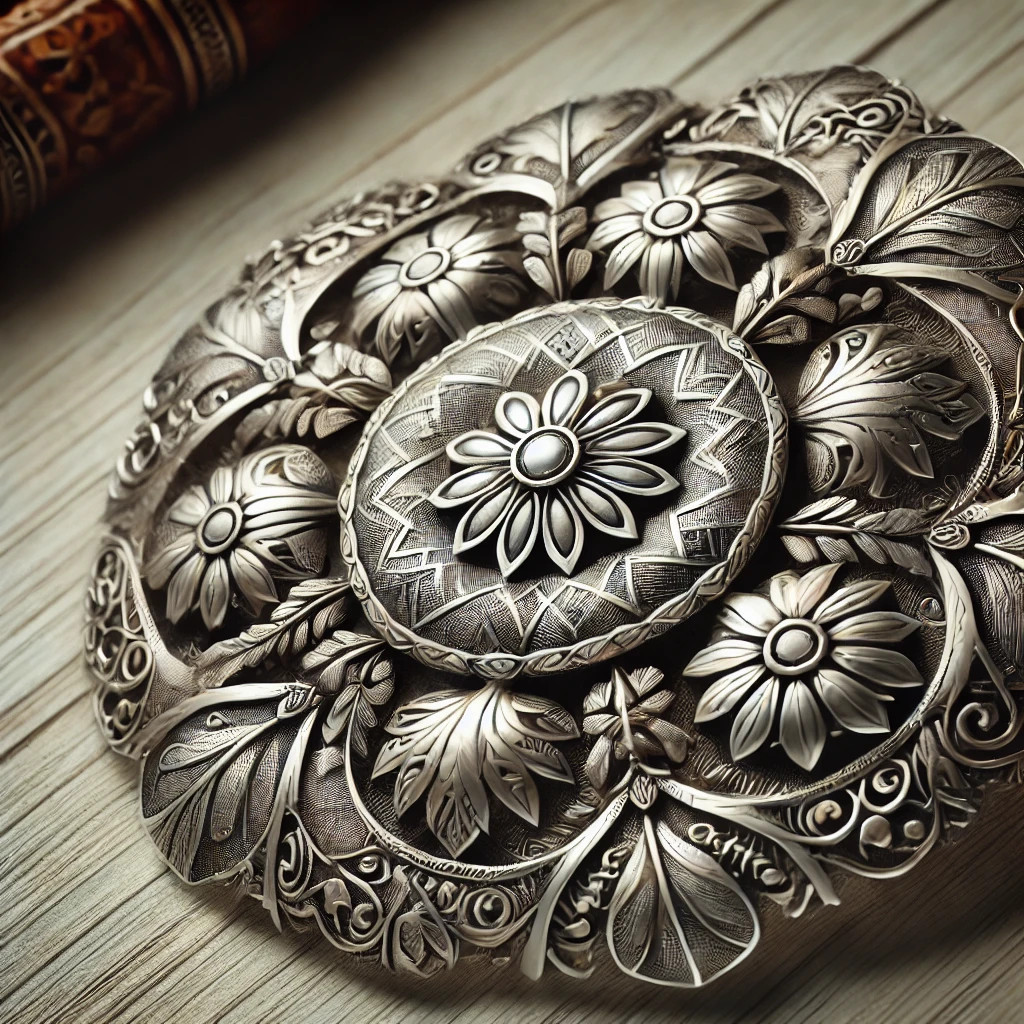
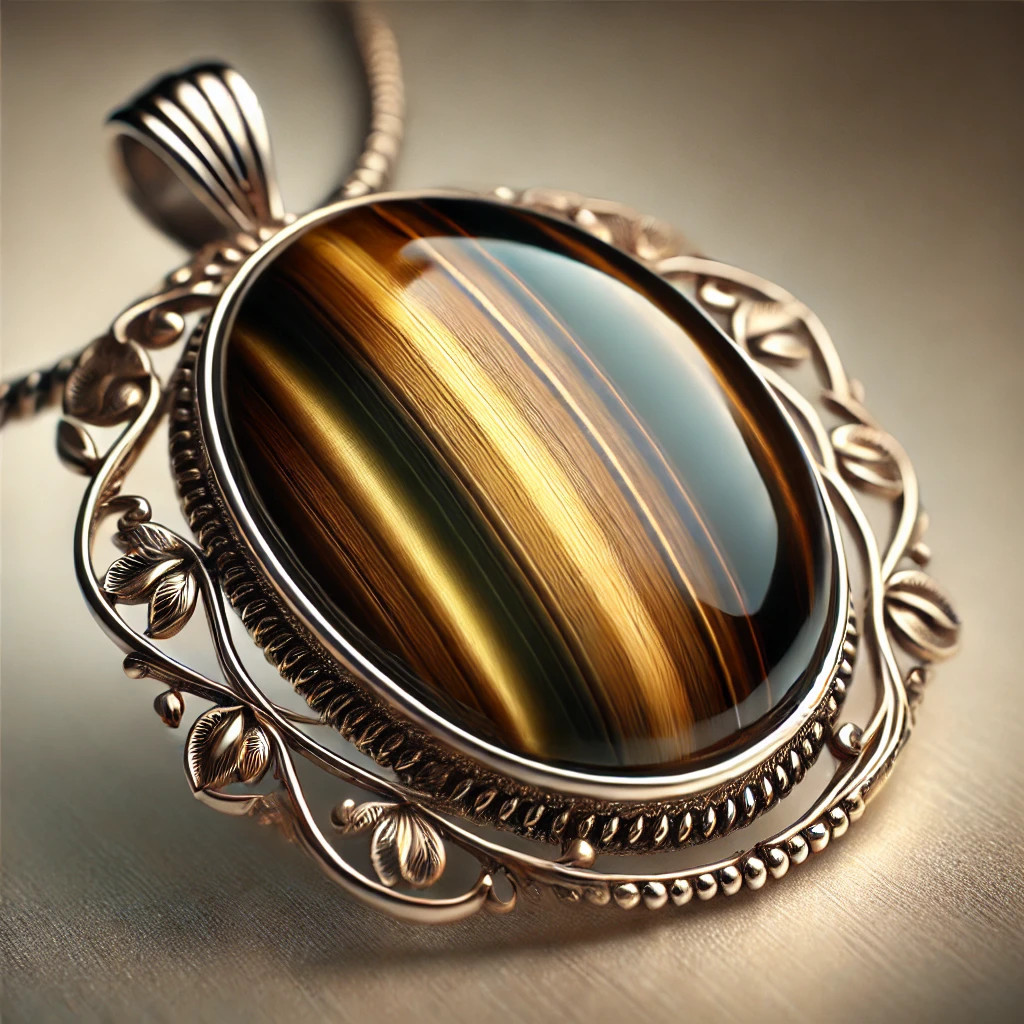
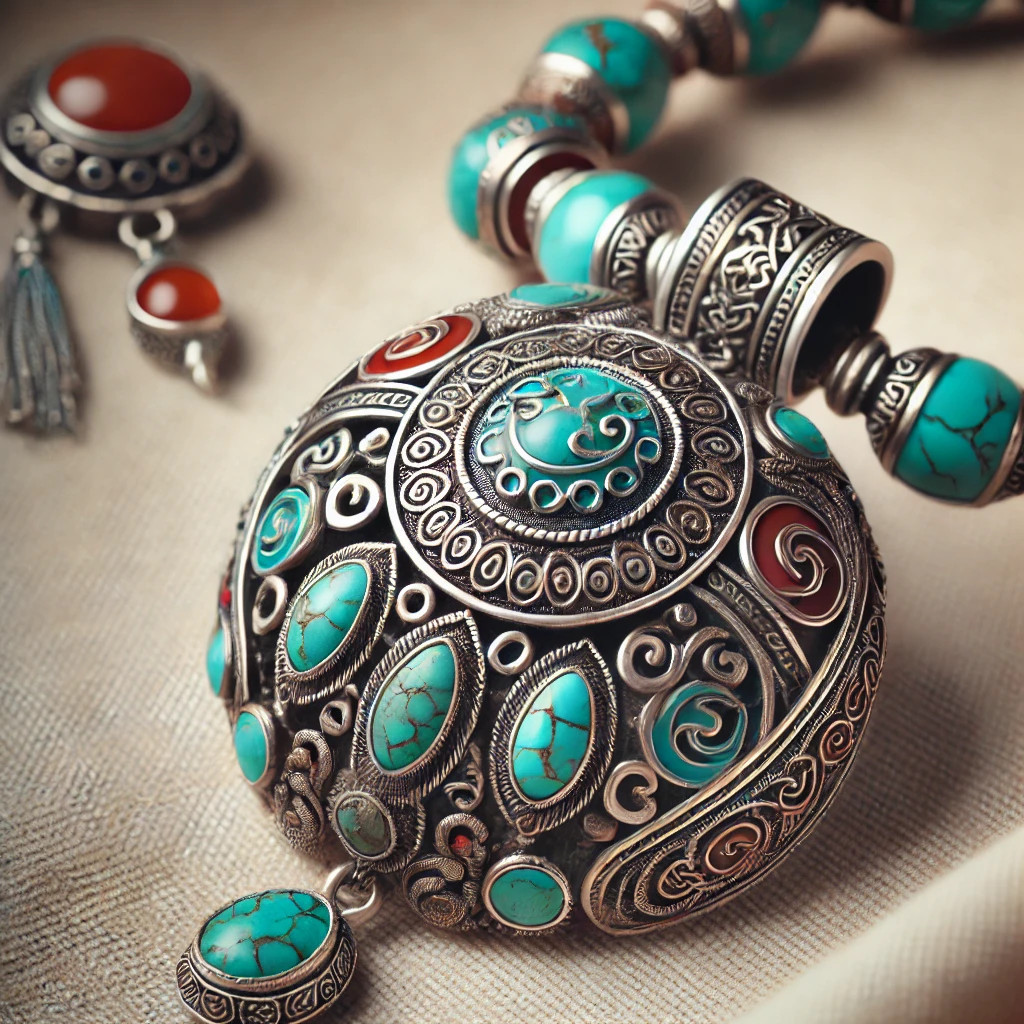
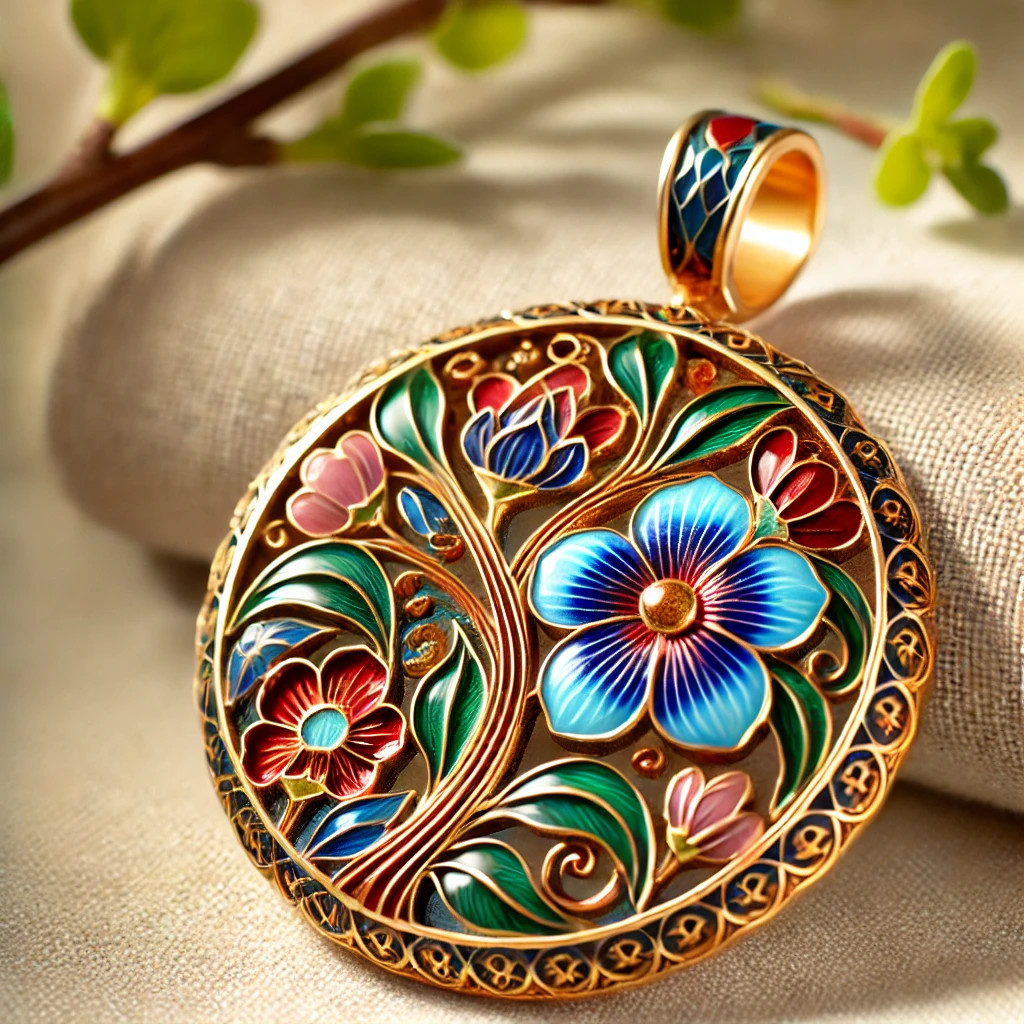

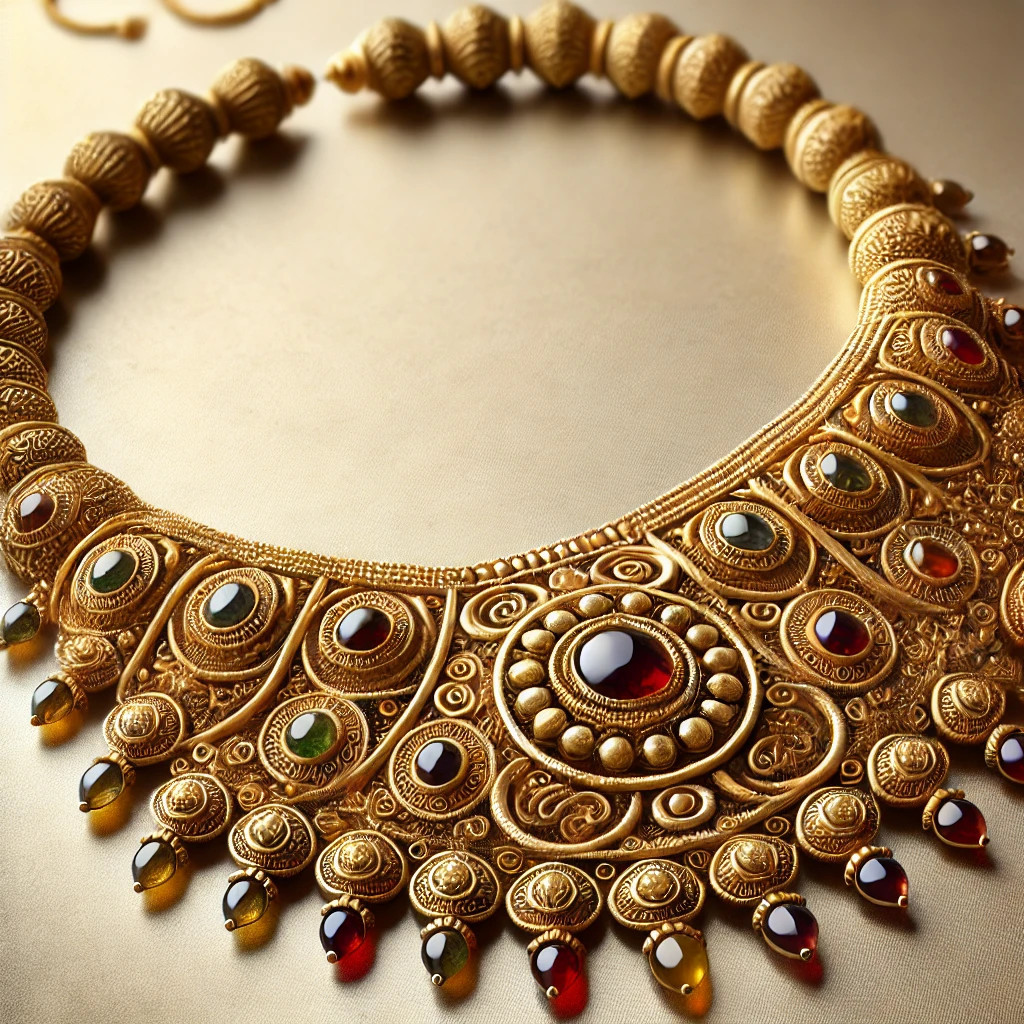
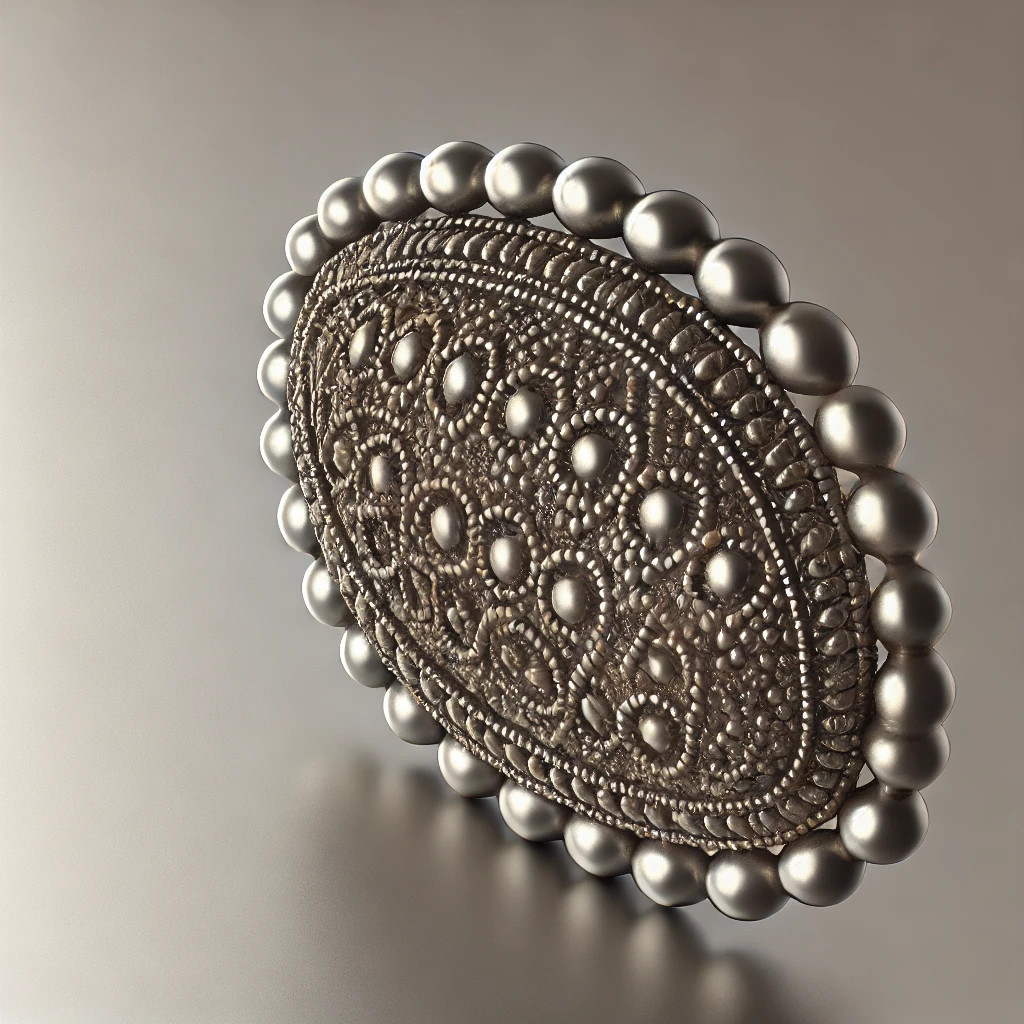

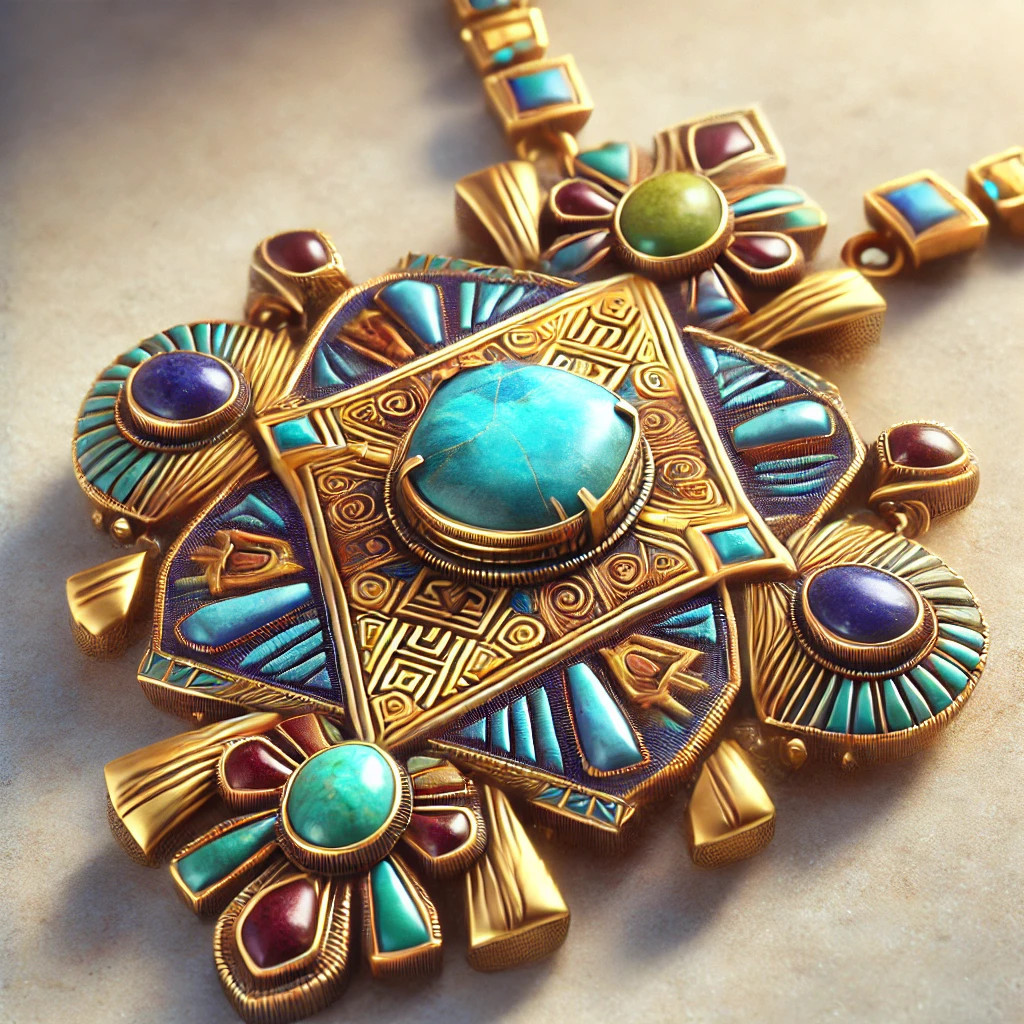



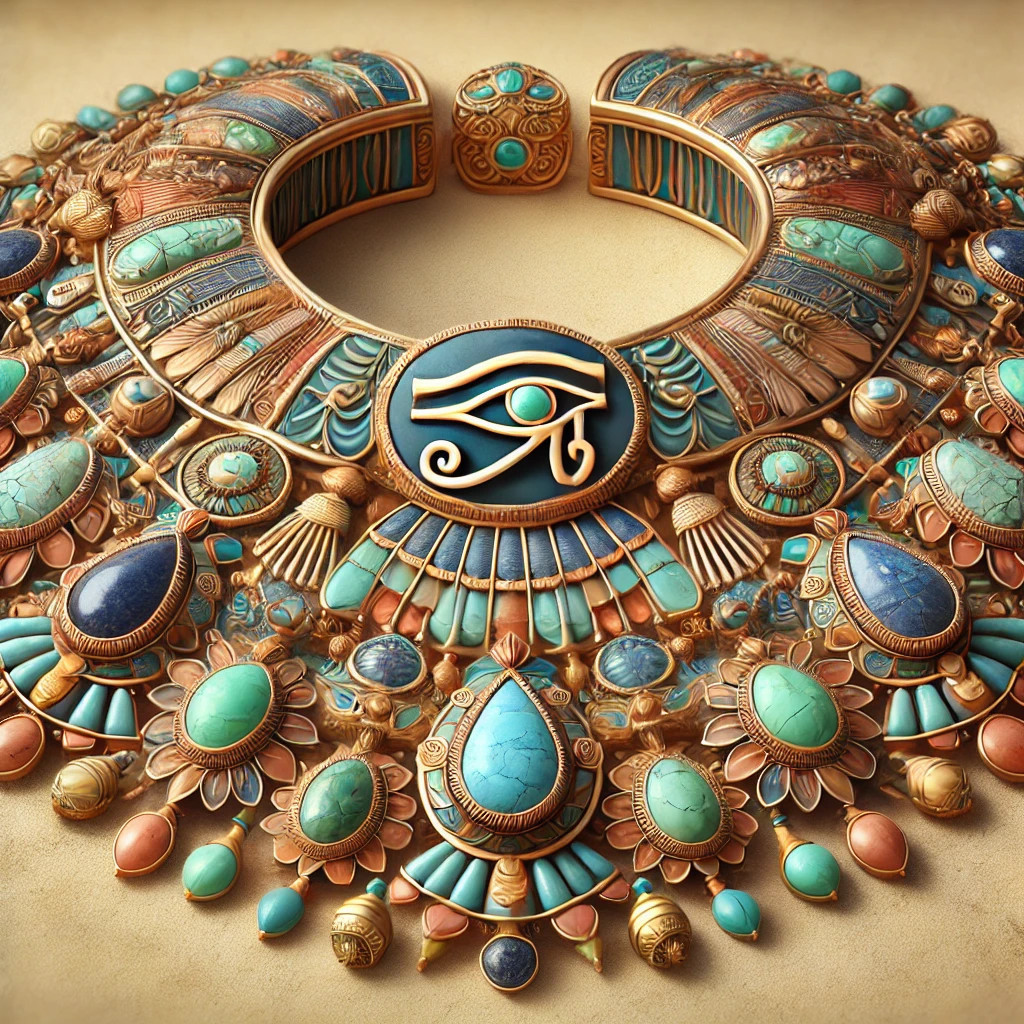

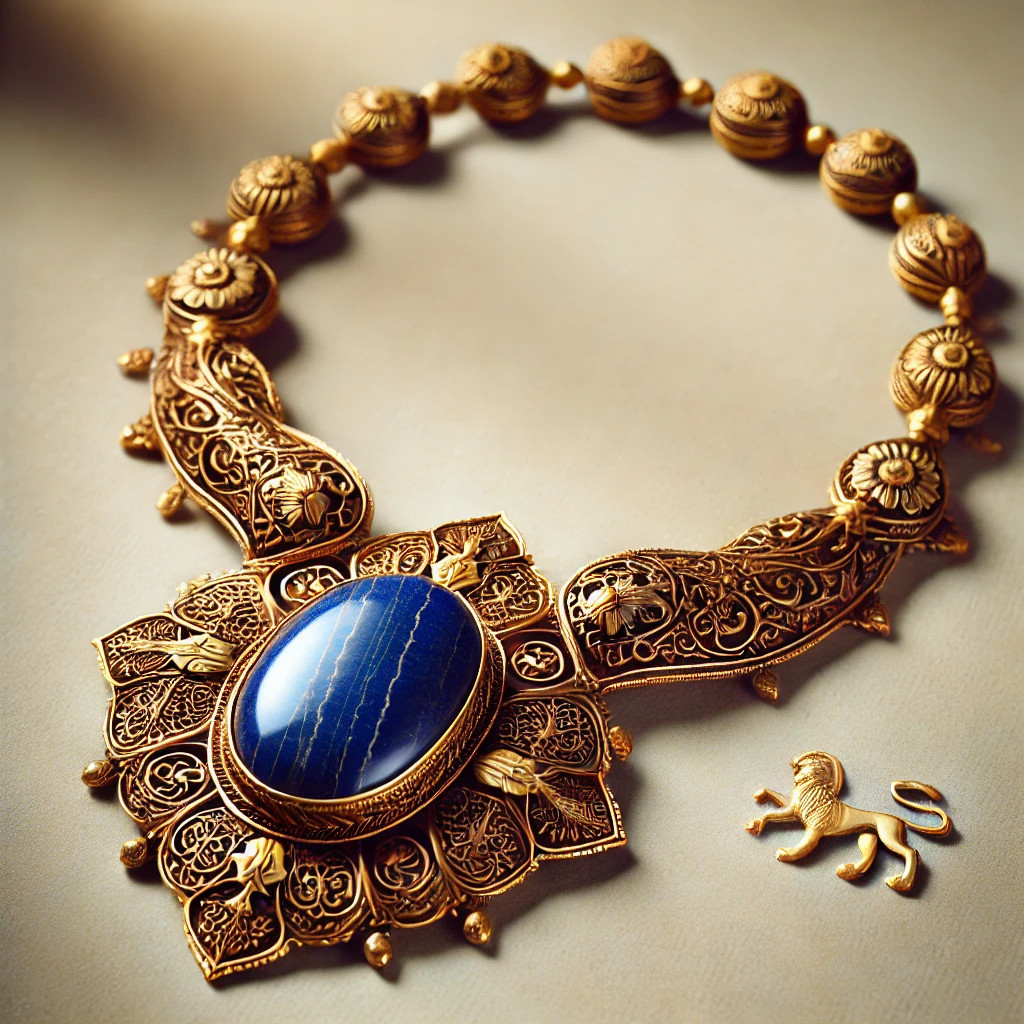
Leave a comment